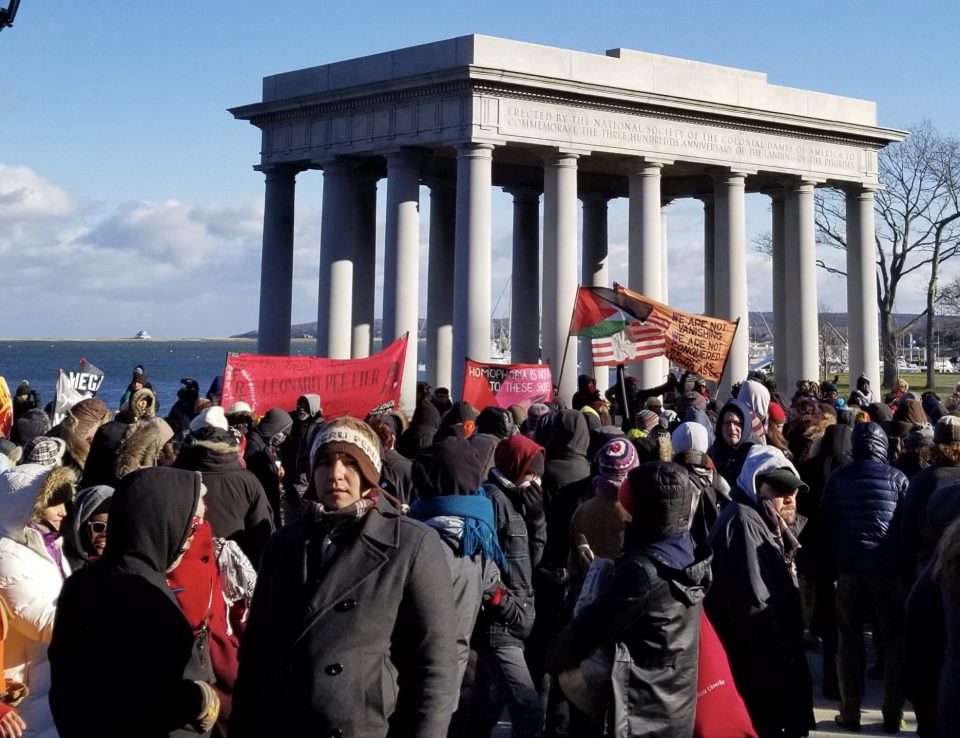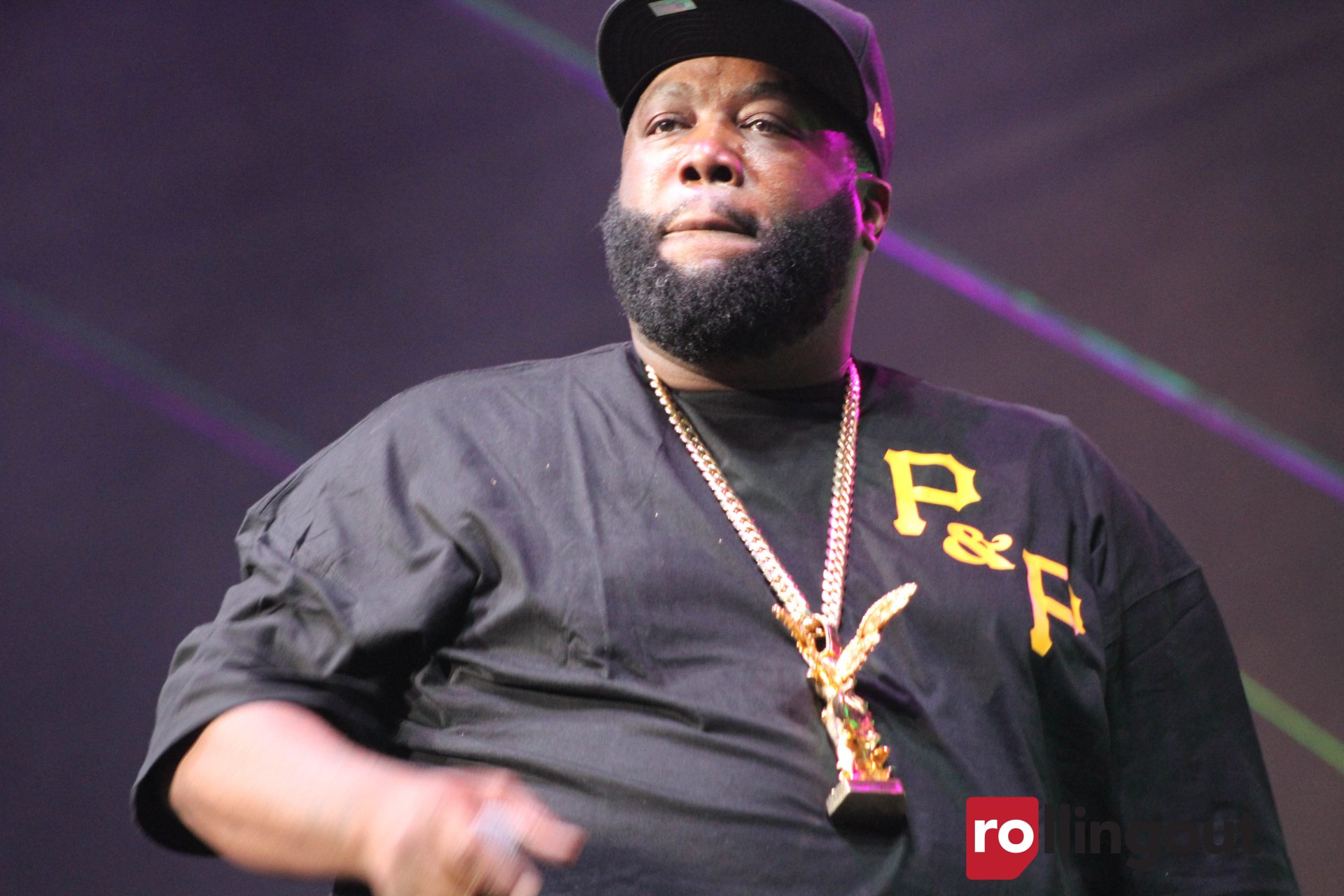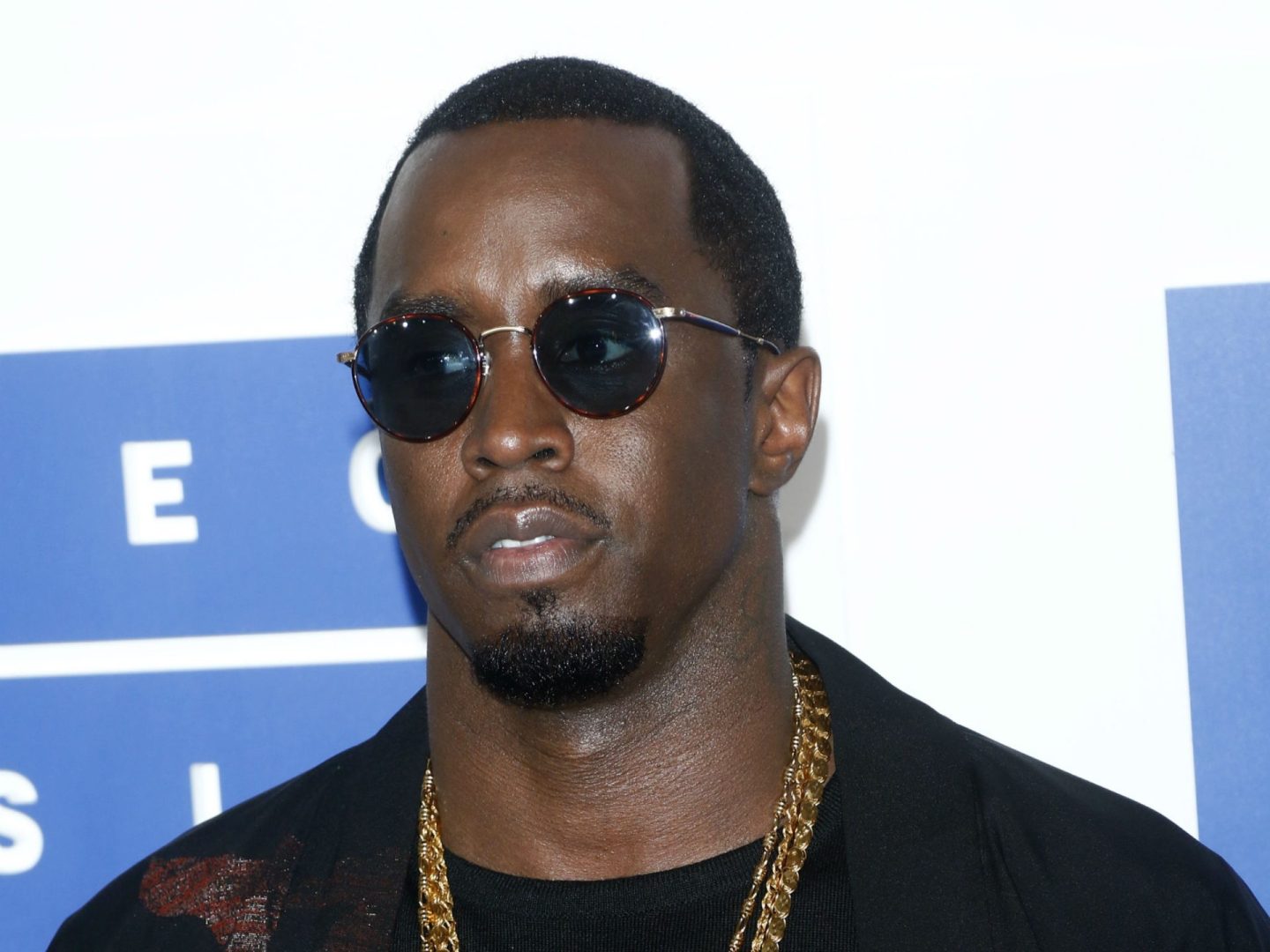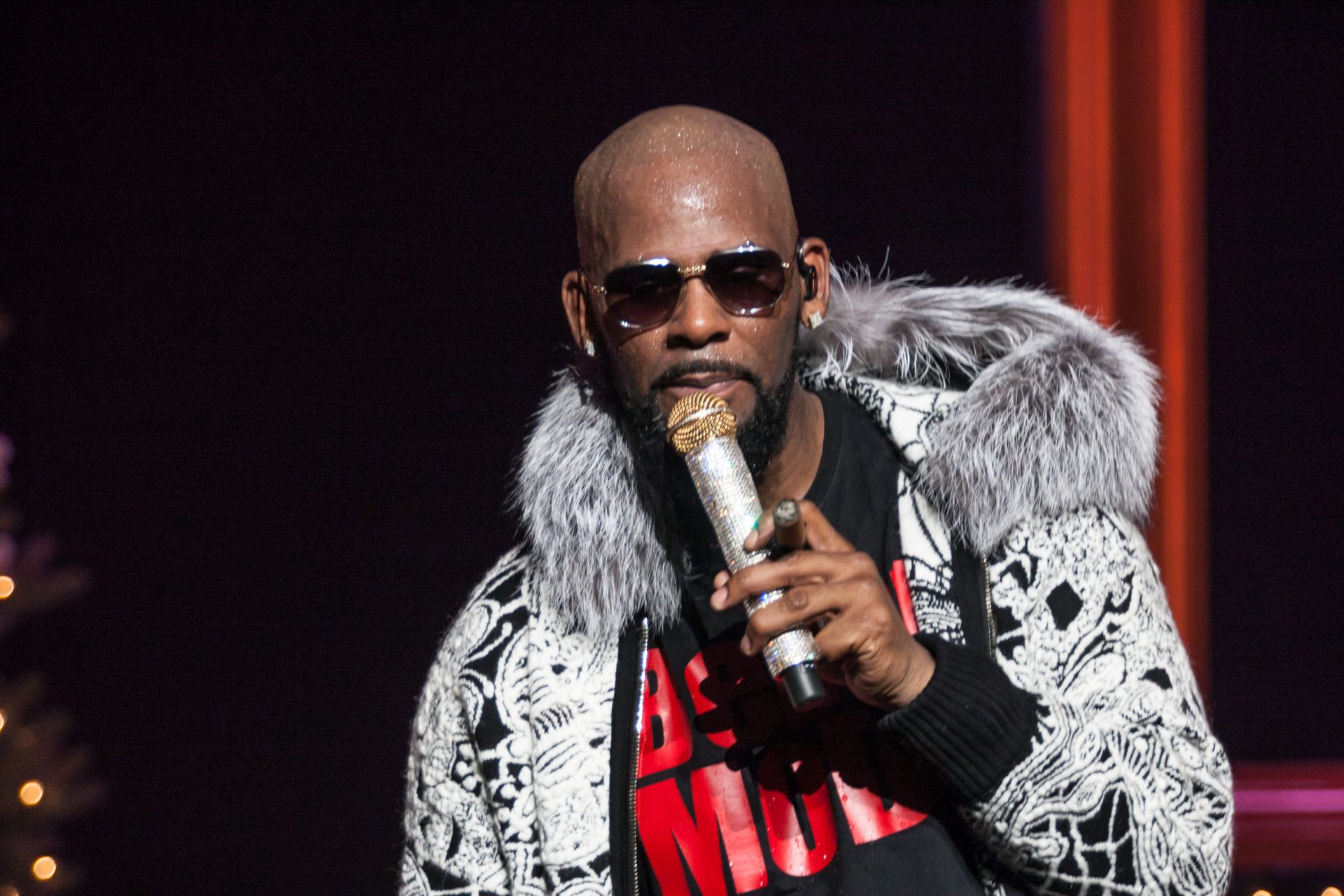
Thanksgiving has always been marketed in America as a day of feasting with love, but its origins are rarely discussed.
Thanksgiving dates back to when English colonizers arrived to Plymouth, Massachusetts in 1621 on the Mayflower, a small ship, and feasted with the Wampanoag natives, according to History Extra. What happened after the feast is why many Native Americans refer to Thanksgiving as a “Day of Mourning,” and a protest against America.
At Plymouth in 1970, Wamsutta, a Native American also known as Frank B. James, was invited to speak at an event commemorating the 350th anniversary of the Mayflower’s arrival. The event coordinators wanted to read his speech first before he spoke and after reading it, they didn’t allow him to speak. The written speech, as published by the United American Indians of New England, reads many natives do not view Thanksgiving as a joyous day.
“It is with a heavy heart that I look back upon what happened to my People,” Wamsutta’s speech read. “Even before the Pilgrims landed it was common practice for explorers to capture Indians, take them to Europe and sell them as slaves for 220 shillings apiece. The Pilgrims had hardly explored the shores of Cape Cod for four days before they had robbed the graves of my ancestors and stolen their corn and beans.”
The chief of Wamsutta’s people accepted the White colonizers from England, which Wamsutta believed could have been a result of the tribe being depleted by an epidemic, with rumblings of a harsh winter on the way. Regardless of the reason the colonizers were accepted, Wamsutta thought that was his Tribe’s worst mistake.
Continue reading on the next page.
















